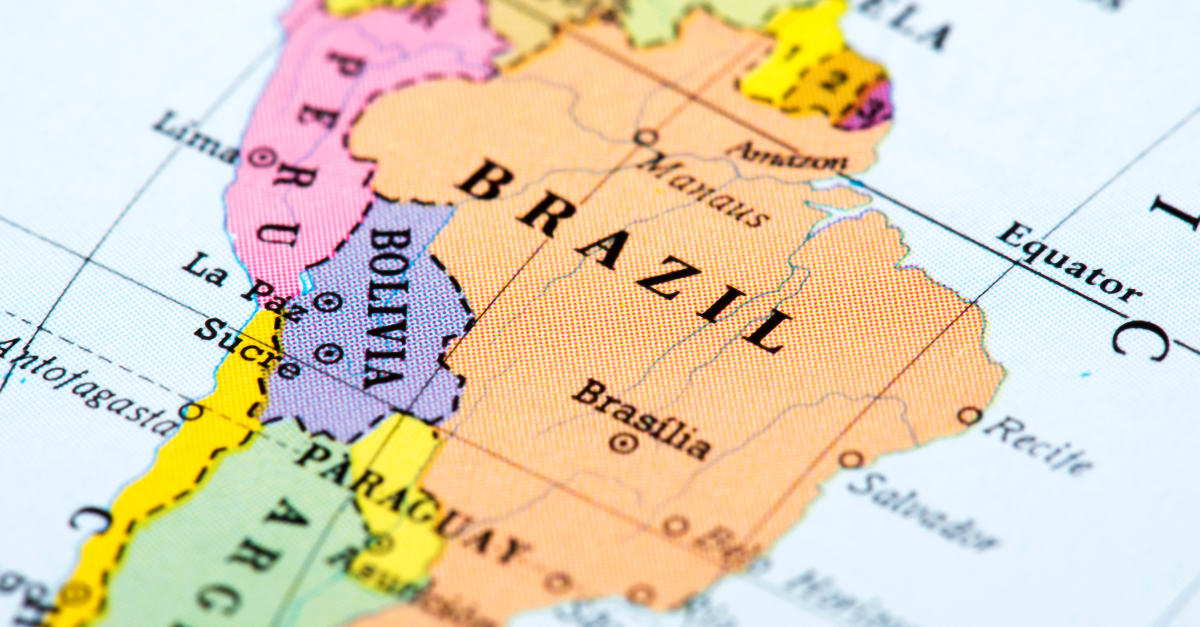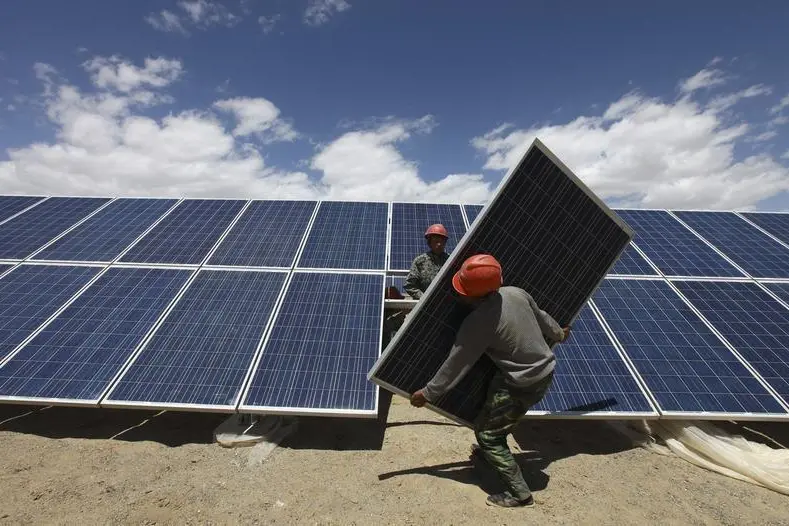
Foreign Direct Investment in Brazil: Mining at the Center of a New Capital Cycle
.png)
Morocco Secures US Backing for $800M High Purity Polysilicon Plant: A Strategic Move to Reshape Global Supply Chains

The Cuban government has secured the resources for constructing 92 photovoltaic parks, as part of efforts to diversify energy sources and alleviate the country's energy crisis and increasing renewable energy generation capacity.
Cuba, often pictured with classic cars and colonial architecture, struggles with an energy infrastructure that has seen little modernisation since 1959. Unlike the charm of vintage automobiles, the outdated energy grid results in frequent blackouts, exacerbating the country’s water supply issues and intensifying the urgency for new energy solutions.

Cuba’s energy sector faces unique challenges, compounded by its heavy reliance on imported oil. This dependency has driven the Cuban government to prioritise renewable energy, aiming to harness the country’s abundant sunshine by constructing 92 photovoltaic parks. Minister of Energy and Mines, Vicente de la O Levy, confirmed that Cuba has the fuel reserves necessary for these projects, with development already in progress.

China has emerged as a key partner, providing expertise and financial support for Cuba’s renewable energy projects. A Chinese government donation has already facilitated significant progress at the Herradura 1 wind farm and 22 solar power parks, expected to generate a combined 120 MW. Components for these projects are set to arrive by the end of 2024, with the first phase comprising seven solar parks yielding 35 MW.

The ongoing economic crisis and outdated energy grid, unchanged since the Soviet Union's fall, hinder Cuba’s progress. While new wind farms were inaugurated in 2005, the energy crisis persists due to a lack of a unified strategy. The government’s leasing of floating oil-fired platforms, using high-sulphur oil, exacerbates the infrastructure's wear and tear, making long-term renewable energy investments increasingly urgent.

Cuba requires substantial capital—estimated at $8-10 billion—to overhaul its energy infrastructure. While Chinese donations are valuable, the 92 photovoltaic plants will only meet about 2% of Cuba’s energy needs by 2028. To achieve its goal of 37% renewable energy by 2030, Cuba needs more international partners in solar and wind power, promising lucrative returns for investors.

Cuba's strategic location and abundant natural resources make it ideal for generating solar and wind energy. The government is actively seeking immediate investments to avoid future crises and capitalise on the global shift towards renewable energy. Investors are invited to contribute to this transformative journey, promising both significant impact and returns.
Havana, anyone?


.png)
